If you are new to Lego customisation or you just want to advance your skills then this Custom Lego Painting Guide by Geoshift who is without doubt one of the top Lego Minifig customisers on Flickr is a must read:
What paints do you use?
Acrylics only, no enamels. Acrylics are water-soluble, so they mix and wash-up easily. There are a LOT of different paints on the market and no single brand will be favored by everyone. I actually use a variety of brands, depending on what I’m doing, certain colour needs, etc.
On the more expensive side:
Citadel, P3, Testors (for military colors), Vallejo
Cheaper brands:
Folkart, Americana, Apple Barrel
Do you thin your paints?
Yes, always. The ratio depends on the paint in use (some are thicker than others right out of the jar) and how many coats you want to use. You can thin Acrylics with water. A couple brands also offer acrylic thinner or mixing medium, which is intended to mix even more smoothly. When in doubt, go thin. Nothing will ruin a custom part quicker than thick globs of paint.
Do you mix your paints?
Sometimes, but not always. You basically have to finish that part in one sitting, or use a wet palette if you are mixing.
How about primer?
Yes, you almost always want to prime your parts before painting – especially larger items like armor, vests, helmets, etc. I will sometimes skip the primer on the smaller parts, like certain weapons, but always use it on larger parts.
Citadel Black spray is my favorite for priming (or white if you are working with brighter colors). I’ve heard of some people who use brush-on primer, but I’ve never tried that.
How about sealer?
Yes, always. If you spend this much time working on something, you want it to last. Sealer should be the last thing you do to your custom, painted parts before they are complete. I recommend an acrylic matte finish, but some people use gloss for certain things (it is supposed to protect better). I personally don’t want a “shiny” look on finished parts.
Another option is to use a gloss coat, allow to dry, then apply a flat coat for “maximum protection without the shine” (sounds like a commercial!), but I usually just stick with flat sealer only.
Any other tips?
Take your time and be patient. A good custom isn’t done in 10 minutes. The basic order of operations is primer, paint, detail, more details, wash and\or dry-brush, sealer, done!
Written by Geoshift. Have any questions? Feel free to post them on his Flickr page.
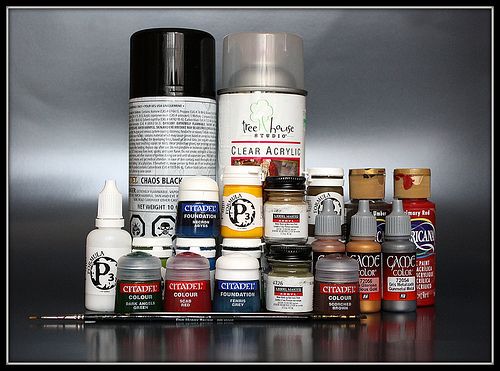

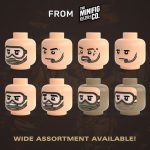
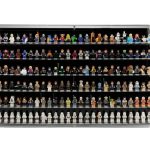
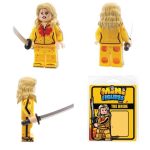
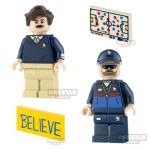


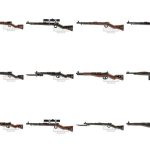
Has anyone come up with a list of paint colors that correspond with Lego colors? For instance, which yellow acrylic paint best matches Lego standard yellow? (This might come in handy, say, if you want to paint yellow ears on the new werewolf hair piece so you can get dark-haired elves with pointy yellow ears.)